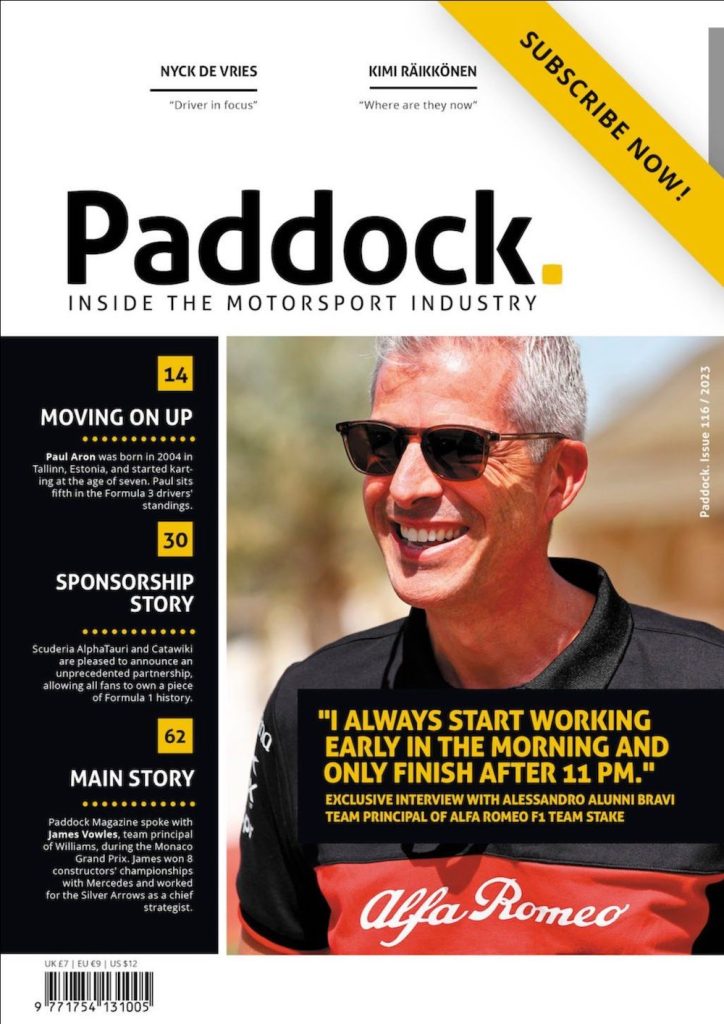After the demise of BMW at the end of 2009, Sauber faced an uphill battle for survival. But the team management, then led by founder Peter Sauber, were not only able to rescue the outfit, but also convert it into a formidable midfielders in a matter of few years. However, after touching the stratosphere in 2012, Sauber seems to have hit rock bottom again. The incoming of a new, Ferrari-powered Haas team hasn’t made its life any easier as well. On top of that, there have been some mishaps on technical and operational side, as elaborated below.
Technical department: In July 2015, Sauber strengthened its technical department with the appointment of renowned engineer Mark Smith. However, Sauber failed to retain his services for long, with the Englishman leaving the squad at the start of this season. Technical department is the backbone of any racing team. Unfortunately for Sauber, they seem to lack a quality one.
Drivers: After regaining independent status again, Sauber recruited some of the best drivers in the business, with Nico Hulkenberg, Sergio Perez and Nick Heidfeld being the prime examples. However, in the last few years the quality of the driver line-up has deteriorated quickly. It’s inability to find pay drivers who could do a decent job on track has resulted in multiple missed opportunities.
But given that some of the other midfielders like Force India have done a better job at managing their financial resources, Sauber can partly be held responsible for the situation it finds itself in.
Finances: Independent outfits have always found it hard to survive in Formula 1. And the current regulations, which stress on expensive hybrid power plants, have arguably made life more difficult than ever for small teams. But given that some of the other midfielders like Force India have done a better job at managing their financial resources, Sauber can partly be held responsible for the situation it finds itself in.
Missed opportunities: Although Sauber doesn’t have a car that can score points on merit, it can finish in the top 10 if it takes advantage of unusual circumstances, such as those prevailing in the Monaco Grand Prix. But instead of stealing an opportunity, both drivers collided at Rascasse after a disagreement over team orders.
What’s the solution?
To ensure stability, Sauber ought to sort out its finances and bring investors on board. At present, its limited budget is turning out be a major hindrance in bringing new parts to the track.
The team may also cleverly switch focus to 2017 regulations early on and reap benefits of additional FOM pay out if it moves up the grid. Whenever there is a major overhaul in regulation, it resets the pecking order. And given that the final regulations were only rubber-stamped in April, Sauber stands a real chance to return to the sharp end of the midfield.
In 2013, Sauber decided to focus on the on-going season at the expense of 2014. As a result, it ended the first year of hybrid regulation with zero points. One would hope that Sauber would have learnt from this crucial mistake.






Related Articles